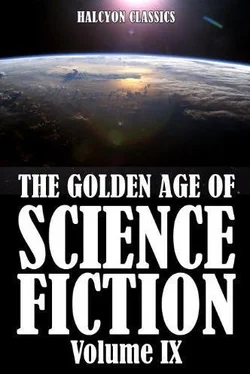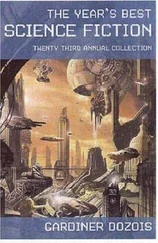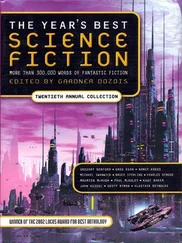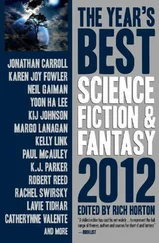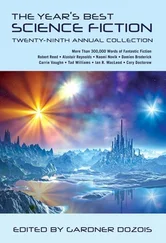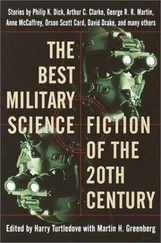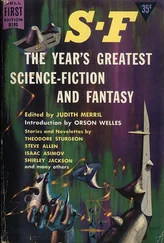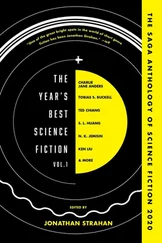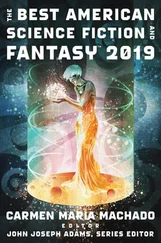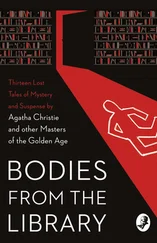“It is a well-known fact that when a faint object has been once seen through a telescope, others are able to see it through a smaller instrument. This was the case with the satellites of Mars, which have been seen with much smaller instruments than that used to discover them.
“The fact that such objects are really seen is proved by the observer marking them on his drawing in their correct position, although they may have moved from the point at which they were originally seen.
“I will give you an illustration of the ease with which it is possible to overlook something that should be clearly visible to you, yet it is not seen by you until your attention is called to it by some one else. Almost every one has had some such experience:—
“You may have on the front of your coat a small stain, or grease-spot, in a position where you could plainly see it, yet might wear the coat for days or even weeks in complete unconsciousness of the existence of the stain until some one pointed it out to you. After that you cannot look at the coat without seeing the stain, and it becomes so persistently obtrusive that you are compelled to have it removed. There is, however, no imagination about your seeing the mark.”
John here said to me: “Professor, I noticed you said that many who do not believe in the actuality of the lines and markings on Mars frequently refer to the fact that, while they are stated to be seen through small telescopes, they are quite invisible through a very large instrument, and they regard this as proving that the lines or markings do not exist. Is there not something in this argument?”
“Well, John,” I replied, “the argument sounds not only plausible, but reasonable, and inexperienced persons might use the argument, believing it to be a sound and good one. I must, however, confess that I have been surprised to see this argument used by persons who must surely know that there is no weight in it at all.
“It is well known to all practical observers, and indeed to all who have studied optical matters, that, for several reasons, very large telescopes are quite unsuited for the observation of fine planetary detail.
“The real advantage of these enormous instruments lies in their great ‘light-grasp,’ which enables observers to see very faint points of light, such as small satellites of planets, faint stars, double stars, distant comets, or nebulæ, which could not be seen with a smaller instrument necessarily having less ‘light grasp.’ Yet this very excess of light, which is the great advantage of a large instrument, is one of the things that spoils the definition of faint planetary details; it drowns them all out, or ‘breaks them up.’
“Again, these large instruments are much more liable than smaller ones to what is termed ‘chromatic’ and ‘spherical’ aberration; and this also is detrimental to definition. No very large refractor is entirely free from these defects.
“Another objection is that, in using such large and long-focussed instruments, a much higher power must necessarily be employed than in the case of smaller instruments. This high power magnifies all the little movements and disturbances in our atmosphere to exactly the same extent as it magnifies the object looked at, with the result that these disturbances blur out all fine detail. The canal lines on Mars could never be seen in such circumstances. If the object were looked at through a smaller instrument, with lower power, it might be fairly well seen, for the atmospheric disturbances would not be magnified to such an extent as to spoil definition.
“There are very few nights in the year when these immense instruments can be used to advantage on the planets, whilst a smaller instrument might define well three or four nights out of every six. It is on record that the user of Lord Rosse’s great reflector stated that there were only about three nights in the year when its best definition could be obtained; and its use has produced very meagre results, compared with what had been anticipated.
“It is also almost universally recognised that in using these great instruments, whether for photography or for the visual observation of fine detail, it is absolutely necessary to stop down the aperture to a very large extent, by reducing it to about 12 inches in diameter or even less. The big telescope is thus really converted into a small one of long focus.
“There is, in addition, the acknowledged fact that nearly every discovery of new detail on planets has been made with a comparatively small telescope, although the same objects may have been under constant observation for years with big telescopes. The new detail was never noticed until after it had been seen with a smaller instrument, and perhaps only then when atmospheric conditions were unusually good.
“As an instance, I may mention that the faint ‘crape ring’ of Saturn was seen by Dawes when using an 8-inch aperture to his telescope; yet it had never been discovered with the large instruments, although the planet is one that is under constant observation when in a position to be seen.
“I could give innumerable instances of similar cases, but enough has been said to show that because some object cannot be seen in a very large telescope, it is no proof at all that the object does not exist.
* * *
“Amid the chaos of varied, and often self-contradictory, theories respecting Mars—some abandoned by their own authors; others in which facts and conditions had to be assumed for which there was not only no evidence, but actual disproof by many recorded observations—Professor Lowell’s conceptions stand out clearly and boldly.
“They are all founded on the results of prolonged and systematic work in the observation of the planet, not only by himself but by numerous colleagues—work in which many of his critics have had little or no experience under favourable conditions. His conceptions fit in with observed facts with all the accuracy of the pieces in a child’s picture puzzle; whilst his logical deductions are supported and enhanced by his wide knowledge of physical science and planetology.
“Yet, as I have both heard and read, his views and discoveries have been described as ‘sensational,’ ‘fanciful,’ ‘fairy tales,’ and by other terms which I would rather not quote.
“Underlying some of these objections there seems to be an idea that some reason must be found for opposing anything and everything which would tend to indicate the possibility of intelligent life existing upon any other planet than the earth; although it is difficult to understand why such a possibility should be so abhorrent. It is a view that does not commend itself to me, but I need not say more on that point.
“Nicola Tesla, the great electrician, is, however, convinced of the existence of life upon Mars, and he has expressed in very emphatic terms his opinion of the opposite view, which, however, I refrain from quoting. He says that Mars must have passed through all terrestrial changes and conditions, and that the whole arrangement of the canals, as depicted by Professor Lowell, would seem to be artificially designed. He then goes on to state that he has discovered electrical disturbances on the earth which must have come from Mars and no other planet.
“In the treatment he has received from some of his smaller critics (whose vehemence is usually in inverse proportion to their knowledge of his work and writings) Professor Lowell has had an experience similar to that of many other observers who have done good work.
“If an observer be blessed with the happy combination of good eyesight, a good instrument, and favourable atmospheric conditions, and publishes writings and drawings showing that he has seen something which has not previously been observed, he at once becomes a target for captious critics who seem to be under the impression that all astronomical knowledge begins and ends with themselves, and that anything they cannot see does not exist. It matters not that the observer attacked may have given months to particular observations where his critics have only spent a few hours: he is told that his drawings are incorrect and do not represent the planet; that they may be works of art, but do not represent facts; that he possesses a very vivid imagination, and so on. This procedure may be persisted in until at last the victim either turns and rends his critics or ceases to publish his drawings or records, to the great loss of many others who take an intelligent interest in his work.
Читать дальше
